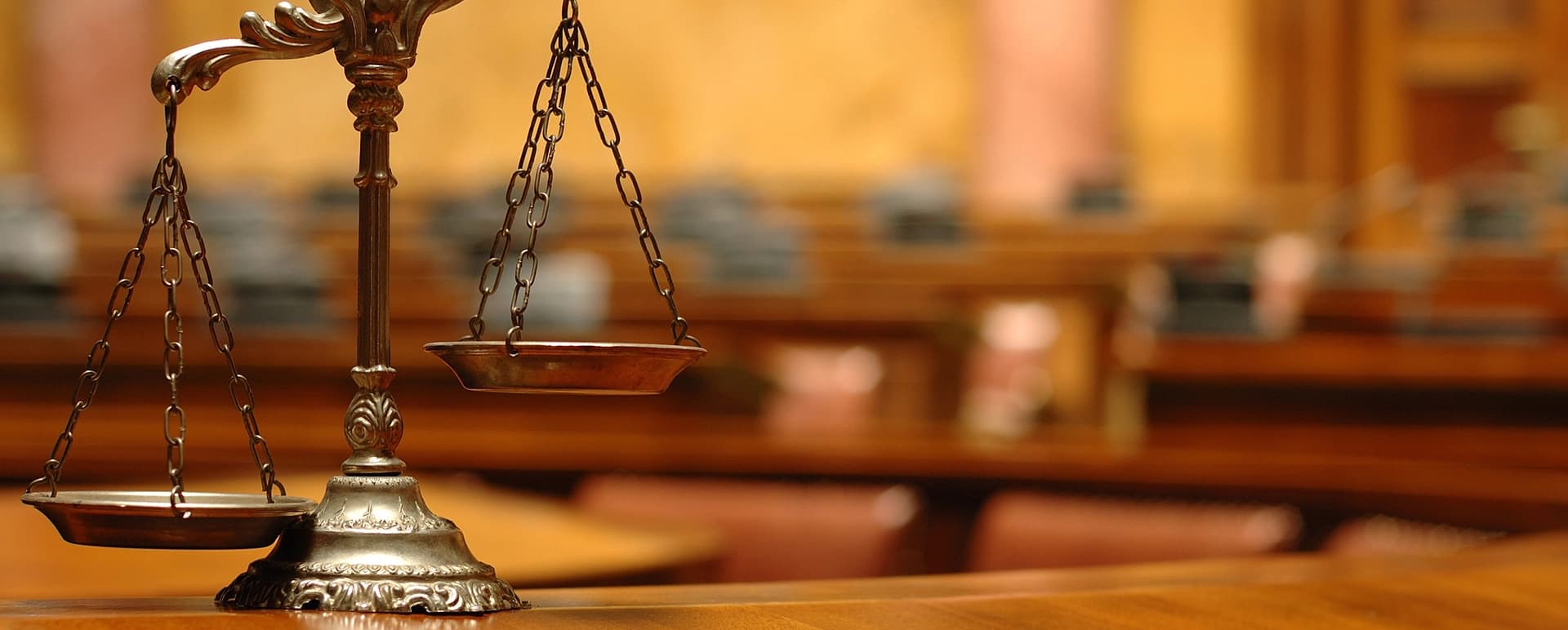Trial Presentation Dependable Solutions for Organizing and Presenting Evidence
Trial Presentation Dependable Solutions for Organizing and Presenting Evidence
Blog Article
Captivate the Court: Crucial Aspects of a Powerful Trial Discussion
Necessary elements such as comprehending the target market, crafting an engaging narrative, and grasping spoken and non-verbal communication are vital elements of a reliable presentation. As these aspects link, they develop a natural strategy that not just educates however also involves jurors on numerous degrees.

Comprehending Your Audience
Understanding your audience is an essential aspect of efficient test presentation. A successful discussion rests on the ability to grasp the demographics, values, and proneness of jurors. This comprehension educates just how arguments are framed, proof exists, and sob stories are crafted, ensuring that the message reverberates with the jurors on a personal degree.
Research suggests that jurors come from diverse backgrounds and may have differing levels of comprehending relating to legal process (trial presentation). Hence, it is critical to stay clear of legal jargon that can alienate or puzzle them. Instead, employing clear, relatable language cultivates interaction and understanding. In addition, recognizing the jurors' possible predispositions and life experiences enables the trial presenter to expect arguments and address issues proactively.
Effective trial presentation additionally entails observing jurors' reactions throughout the procedures. Involving with jurors as people rather than a cumulative system is essential in fostering a solid connection in the court room.

Crafting a Compelling Narrative
Crafting an engaging story is important in leading jurors via the complexities of an instance. A well-structured story not just simplifies elaborate lawful ideas however also involves jurors on an emotional level, making the details a lot more relatable and unforgettable.
This message needs to reverberate with the jurors' values and experiences, cultivating a link that goes beyond simple truths. This chronological approach can aid jurors adhere to the development of events, stressing cause and impact.
Integrating human aspects-- such as individual tales or narratives-- can additionally enhance the narrative's influence. These components stimulate compassion, enabling jurors to imagine the consequences of the case on the real worlds. Furthermore, using a constant theme throughout the presentation strengthens the major disagreement, making it easier for jurors to preserve important points.
Inevitably, a compelling narrative changes a trial presentation from a mere address of realities right into a persuasive story that mesmerizes the court, urging them to ponder with both reason and feeling.
Making Use Of Visual Aids
Integrating visual help right into a test discussion can substantially enhance jurors' understanding and retention of details. Visual products such as graphes, layouts, photographs, and video clips can change complicated legal concepts and evidence into conveniently digestible layouts. By involving numerous senses, these aids permit jurors to imagine the case's crucial elements, making it much easier for them to comply with along and realize detailed details.
Furthermore, properly designed aesthetic help can highlight crucial points and highlight partnerships between different items of evidence. Timelines can successfully illustrate the series of events, while annotated photos can clarify specific information pertinent to the instance. This not only help in understanding yet additionally reinforces the story offered by the lawyer.
It is vital, nonetheless, to make certain that aesthetic aids matter, clear, and expertly presented. Excessively complicated or chaotic visuals may overwhelm jurors and detract from the message. When made use of sensibly, visual help serve to match the dental debates and boost the general influence of the trial presentation. Inevitably, reliable visual interaction can be a powerful device in convincing jurors and aiding them get to educated final thoughts.
Mastering Verbal Interaction
Efficient spoken interaction is important in a test discussion, as it functions as the key ways where attorneys convey their arguments and get in touch with jurors. Understanding this skill involves quality, persuasion, and involvement. Attorneys must verbalize their points clearly and concisely, avoiding legal jargon that might puzzle jurors. Simplicity in language promotes understanding and helps jurors grasp intricate concerns provided during the test.
Additionally, tone and pacing dramatically effect how messages are received. A positive tone conveys authority, while suitable pacing enables jurors to soak up information without really feeling overwhelmed. Lawyers must additionally differ their vocal inflections to emphasize crucial points and preserve jurors' interest throughout the discussion.
Additionally, the company of verbal debates is necessary. Structuring the narrative practically and coherently helps jurors adhere to the lawyer's logic, making it easier for them to retain essential details. Making use of convincing strategies, such as narration, can additionally improve the psychological vibration of the arguments Extra resources provided, thereby developing a more profound connection with jurors.
Inevitably, mastering spoken communication not just reinforces a lawyer's situation however likewise promotes trust fund and relationship with the jury, significantly enhancing the chances of a desirable judgment.

Engaging With Body Language
Nonverbal interaction plays a vital role in test presentations, frequently communicating messages that words alone can not reveal. blog Body movement, including motions, posture, face expressions, and eye call, dramatically influences exactly how jurors perceive the trustworthiness and sincerity of the speaker. A positive stance, with shoulders back and an open pose, can impart depend on, while closed-off body movement may recommend defensiveness or unpredictability.

Faces must mirror the emotions connected with the situation, reinforcing the narrative being offered. For example, an honest expression throughout a touching minute can elicit have a peek at these guys empathy and strengthen the sob story. Eventually, understanding body movement is necessary for effective test discussions, as it boosts spoken communication and develops an engaging presence that resonates with the jury.
Final Thought
In verdict, astounding the jury requires a tactical method that includes comprehending the audience, crafting a compelling narrative, using aesthetic aids, grasping spoken communication, and involving through body movement. Each element plays a crucial function in creating a powerful trial discussion that resonates with jurors on both emotional and intellectual degrees (trial presentation). By incorporating these parts properly, lawful specialists can substantially improve their capacity to persuade and affect jury decision-making
Report this page